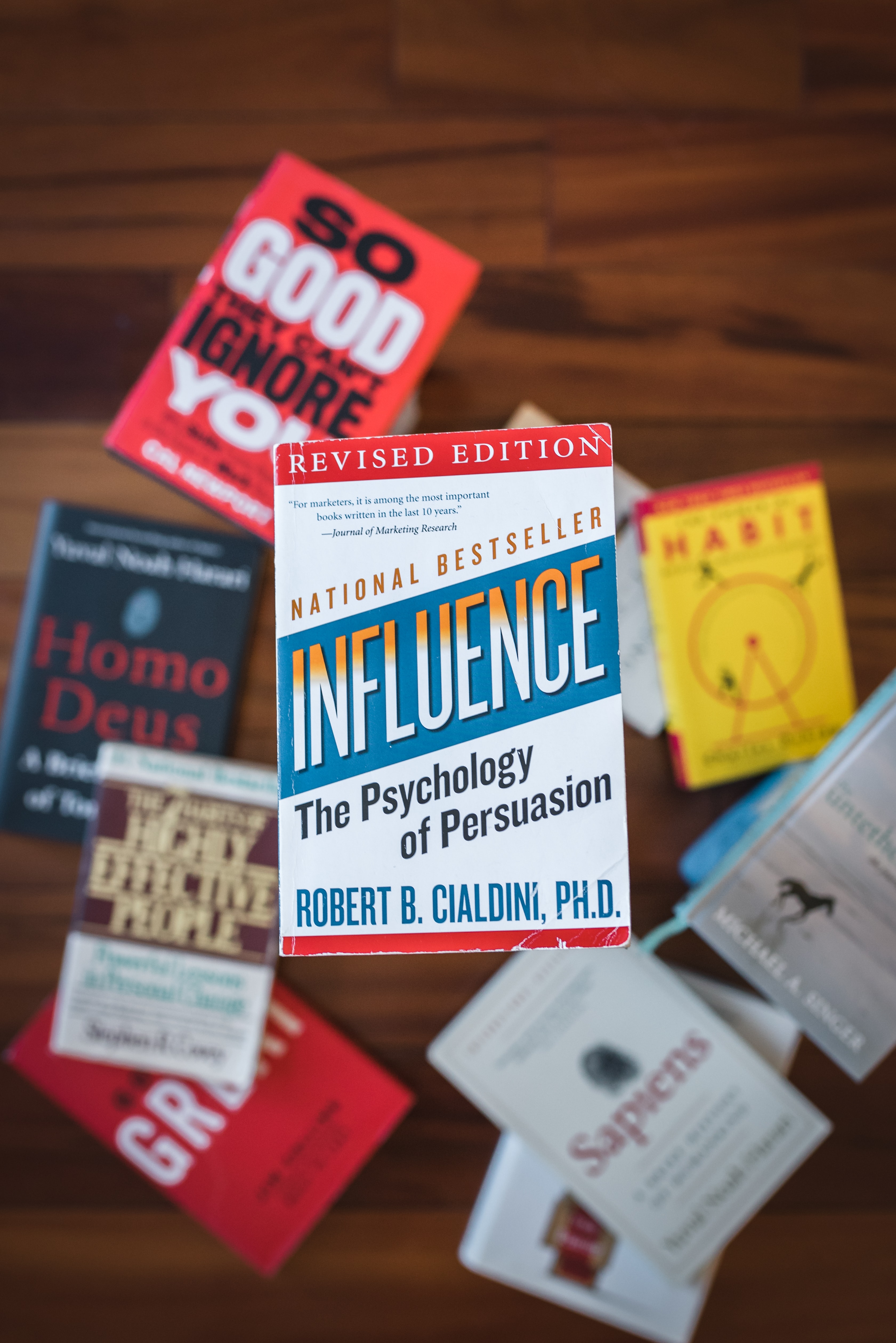In his bestselling book, Influence, Robert Cialdini changed the way professionals in sales and acquisitions understand the science of persuasion. In fundraising, there are many parallels to these professions and fundraising professionals can learn much from this business classic to improve an organization’s relationships with donors and increase year to year income performance. Over the course of the next few articles, I will share a number of concepts that Dr. Cialdini introduced in Influence and provide examples how your Development might consider utilizing these concepts to help increase income and strengthen relationships with your organization’s donors.
The first concept Dr. Cialdini shares is the idea of Reciprocity. Reciprocity is the understanding that “we should try to repay, in kind, what another person has provided us.” An example in ordinary life might be if someone takes you out to lunch that you will feel obligated to cover the costs the next time you dine together. A funny but compelling example that he uses to prove this concept is how Hare Krishna monks increased the success of donations from unsuspecting travelers in airports by offering a flower while making their pitch. Those travelers who accepted the flower were significantly more likely to make a donation than those who threw the flowers into the garbage.
Of the concepts that Cialdini shares in his book reciprocity is probably the weakest one should consider when building a community of donors. The reason that the Hare Krishna example is funny is because anyone who travelled before the 21st Century probably has an uncomfortable memory of being accosted by a monk in an airport. Rather than inspiring good will and a desire to learn more about their mission these experiences led most people to dread a future interaction with a monk. Reciprocity is a good way to get a donor to take notice of your organization but not one that will keep their attention.
In fundraising, the most commonly utilized form of reciprocity is in direct mail with the use of premiums. Premiums are gifts or items, usually tied to the mission of the organization, sent in the mail with a request for funds. Examples include a rosary included with an appeal to support a Catholic organization, a branded animal themed key chain to support an animal shelter or possibly a calendar tied to the mission of the organization. Premiums have been included in direct mail packages for decades and regularly increase the response rate for these mailings. They are not, however, the basis for growing a donor’s commitment or gift value to your organization. By sending a bigger or nicer key chain in your next mailing, you are not guaranteed a bigger gift from the same donor and may require a bigger investment on that mailing.
In major gift fundraising, reciprocity is often a means to increase motivation and urgency in supporting a project or cause. At the most basic level a major gift officer may offer to buy a donor lunch during a solicitation. This, in reality, does give the gift officer a leg up psychologically over a donor who will likely make a gift in recognition of the gift officer’s generosity. This is not, however, the basis for a loyal and long standing relationship that is the foundation of major gift fundraising. At a deeper level, an organization may offer naming rights and recognition tied to projects in need of leadership gifts. Many donors will be motivated by receiving recognition for themselves or their loved ones and will make a larger gift if given the ability to be publicly tied to that generosity or cause.
There are other ways that fundraisers can utilize the principle of reciprocity in approaching prospective donors but, in most of these cases, it is more of a tactic than a means for loyalty and friendship with donors. Of the concepts that Dr. Cialdini presents in Influence the principle of reciprocity is probably the weakest to ensure long-term and future giving. Although it may get a new donor in the door or keep current donors giving at their current amount (ex. Renewing annual membership giving by receiving a gift for their loyalty) there are better ways to instill loyalty and generosity in your donors. In my next installment on the psychology of solicitation, we will look at the concept of Commitment and Consistency.
